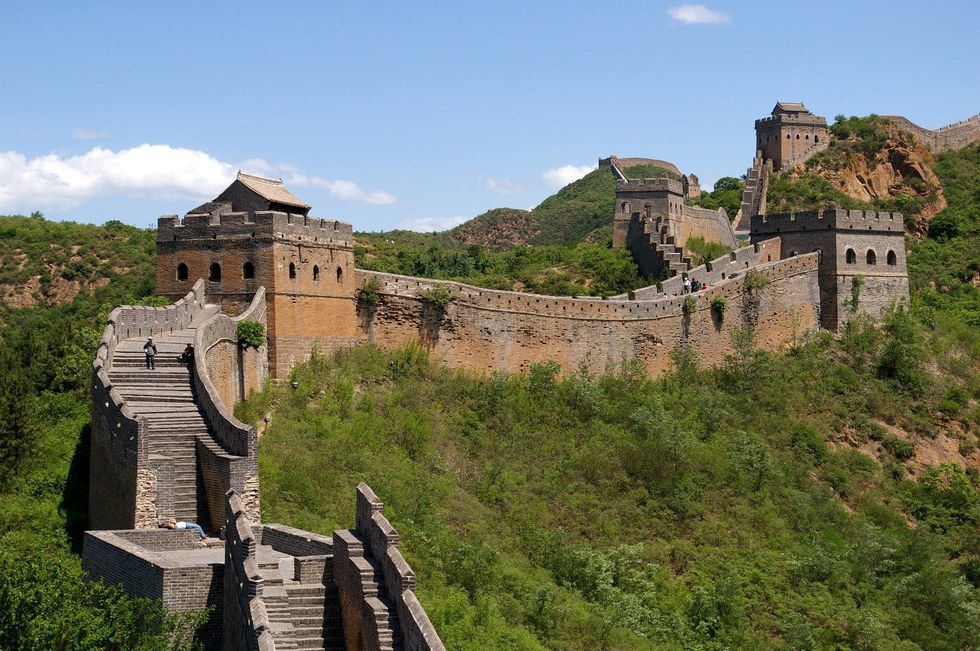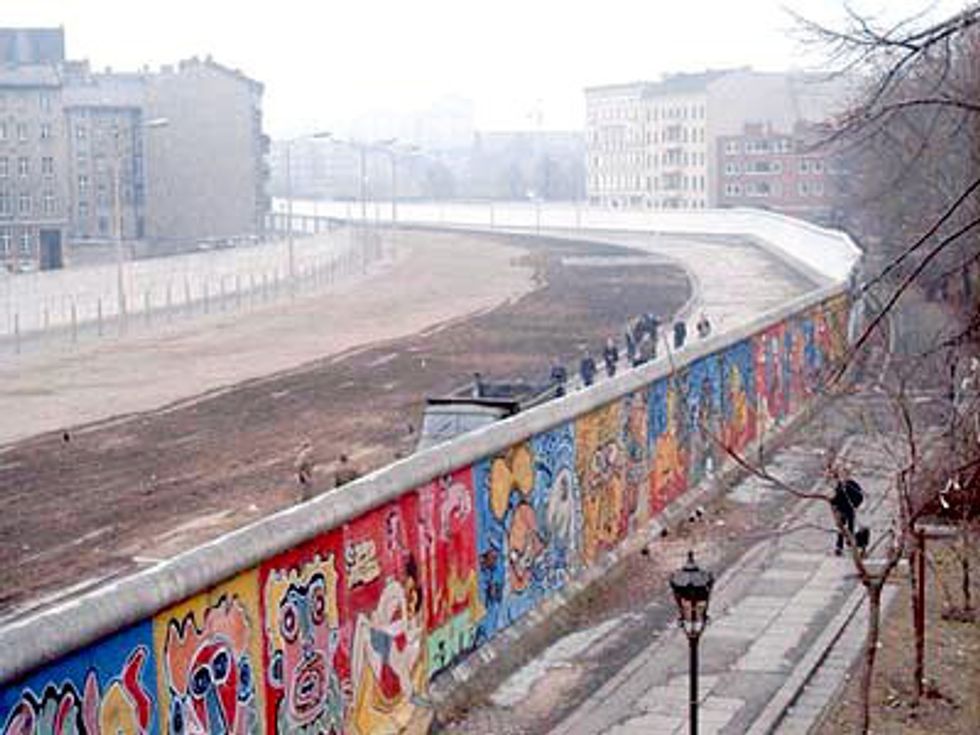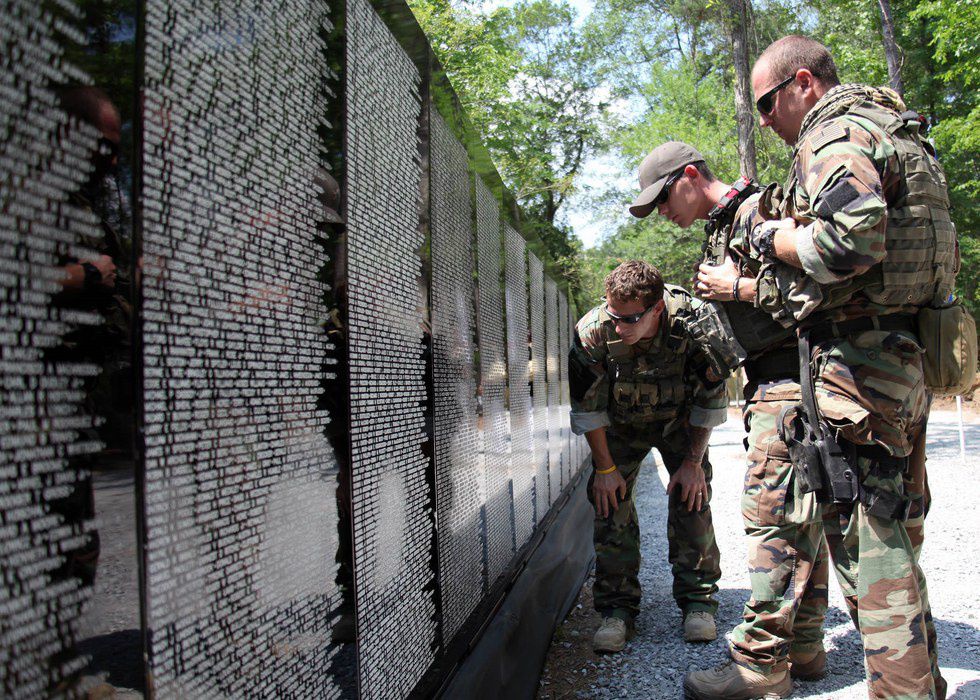I was playing tennis the other day. Feeling that racket swoosh through the air and pang against the ball in a rhythmic beat. It went racket, wall, ground, racket, wall, ground and repeat. And in those spans of rhythmic silence, I got to thinking about the wall itself.
First of all, no one beats the wall. Each and every action constitutes an equal and opposite reaction. The force you slam the ball into the wall with comes flying right back at you in the mere matter of seconds. It does no good to get mad at the wall.
Second, there are three outcomes. One is the cyclical pattern, a continuous feedback loop of sound and sight requiring a decision to be made about the placement of the next hit. Another is the ball goes below the net line or bounces twice on the ground. Both technically destroy the goal of perfect looping.
Finally, the ball may go over the wall, getting lost in the expanse behind, left to a sort of limbo in which you decide how much that ball is worth on a scale inversely proportional to the environment and distance of the ball’s new lodging.
Like walls, we have these obstacles in our lives that seem immovable. We play the game, throwing things at the wall and getting a reaction and testing the waters. Even if we never beat it, we learn something about our obstacle, and how we, as players, are to stay in the game, even if we cannot beat the wall.
Throughout history, there have been a few famous walls that have taught humanity big lessons.1. The Great Wall of China
This great length of wall is one of those feats of engineering that reminds us how much people can do when they put their minds to it. Built in defense of the Chinese states, this wall is a dividing line that has so much history and is forever a symbol. This wall teaches us about vigilance and protection. As people throw things toward the constructed stacks of brick, stone, wood and other materials, they find that whatever force they put in, comes right back at them.
2. The Berlin Wall
This wall is famous, not for its construction, but for its destruction. Built during the Cold War era to divide East and West Berlin. The empty tract in the middle was a no man’s land guarded by brute force and the threat of death. People faced this wall, as well as fighting its presence and throwing force into it. But instead of coming right back at them, the result fell into the other two categories. Efforts falling below the line and deciding whether staring over was worth the risk. The other outcome — losing something or someone, in most cases, on the other side of the wall and having to assess the risk of retrieval. In a dark time, people were separated from those they loved and half of their homeland. Eventually, this wall came down.
3. Vietnam Veterans Memorial Wall
This wall deserves a mention because it is unlike any other wall in the traditional sense. Instead of standing in defense of a nation, it stands in commemoration of those who defended our nation. The lesson this wall teaches is not something you learn by throwing force at it yourself and waiting for an outcome. The lesson is found in observation. Each and every name recorded stands as a story, a memory and a testament to brave soldiers.
Though often looking at a wall, facing those insurmountable problems, we seek to tear down the problem itself. Perhaps we can learn something from the things standing in our way.
Every once in a while, instead of taking a swing at it, we need to stand back, listen and observe.
Some walls weren't meant to come down.






















